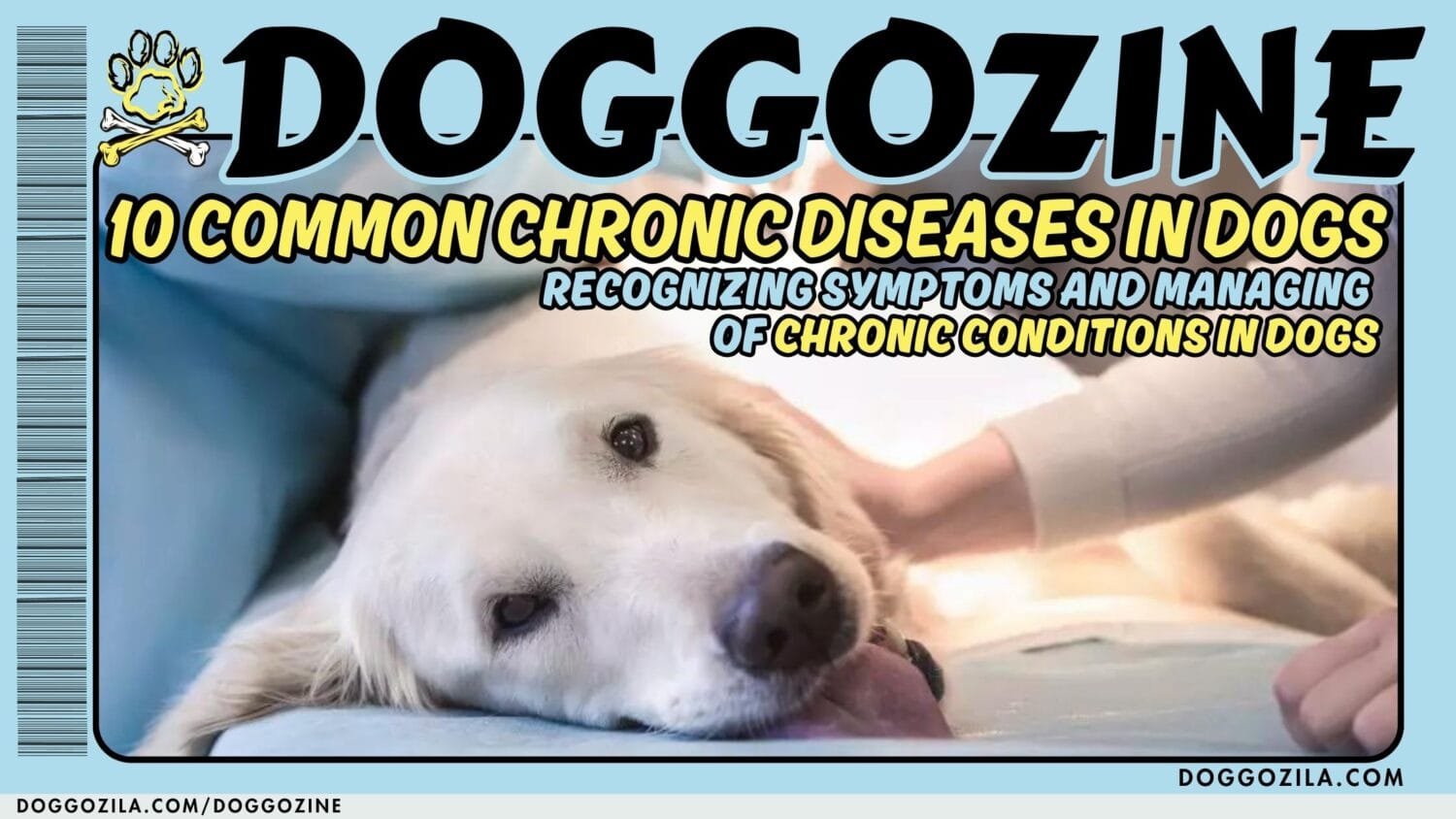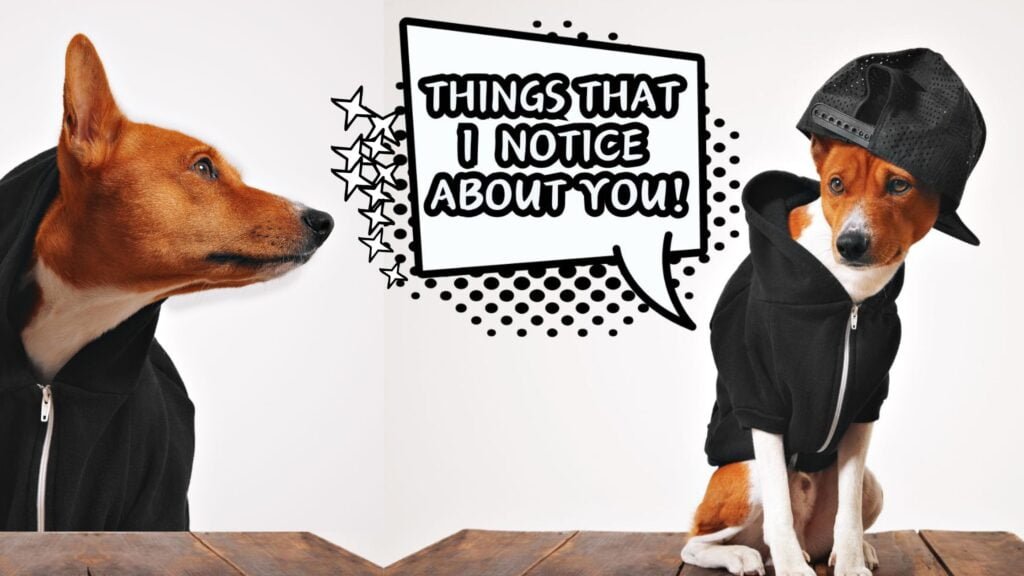Dogs have been our loyal companions for thousands of years, yet many of us still wonder: How do dogs see the world? Their vision is vastly different from ours, shaped by evolution, biology, and their unique way of interacting with their environment.
While humans rely heavily on color and detail, dogs prioritize movement and low-light detection, making their visual experience both mysterious and fascinating. Understanding how dogs see can deepen our bond with them and help us cater to their needs better.
Let’s dive into the science, myths, and incredible adaptations behind canine vision.

HOW DO DOGS SEE COLORS? DEBUNKING THE MYTH OF BLACK-AND-WHITE VISION
For years, people believed dogs saw the world in black and white, but science has proven this wrong. Dogs do see colors, just not in the same vibrant spectrum as humans due to having fewer cone cells in their retinas. Their color vision is similar to that of a person with red-green color blindness, meaning they perceive blues and yellows best while struggling with reds and greens. This explains why a bright red toy in green grass might be harder for them to spot than a blue one. Knowing how do dogs see colors helps us choose toys and training tools that stand out in their visual range.
The Science Behind Dog Color Perception: More Than Just Shades of Gray
Dogs have dichromatic vision, meaning they rely on two primary color receptors (blue and yellow) compared to humans, who have three (red, green, and blue).
Research from the University of Washington confirmed that dogs see the world in a muted palette, with blues and yellows appearing most vivid.
This doesn’t mean their world is dull—just different. For example, a sunset that looks fiery red to us may appear as soft gold and blue to a dog. Understanding how do dogs see colors allows us to design dog-friendly environments, like using blue or yellow agility equipment for better visibility.
How Do Dogs See Compared to Humans? A Side-by-Side Visual Breakdown
If we could see through a dog’s eyes, the world would look less detailed but more dynamic in motion. Humans have 20/20 vision, while most dogs have around 20/75, meaning what we see clearly at 75 feet, a dog would need to be just 20 feet away to see with the same clarity.
However, dogs excel in detecting movement—even a slight twitch from a squirrel across the yard grabs their attention instantly. Their wider field of view (about 240 degrees compared to our 180 degrees) gives them better peripheral vision. So, while we might admire a painting’s fine details, a dog would be more interested in the flicker of a passing shadow.
Practical Tips: Using Color to Enhance Your Dog’s Playtime and Training
Since dogs see blues and yellows best, choosing toys in these colors can make fetch more exciting for them. A bright blue ball on green grass will stand out far more than a red one, which may blend in. Training markers, like agility flags or targets, should also follow this principle.
Even their food bowls can be optimized—contrasting colors against the floor help them locate meals faster. By applying what we know about how do dogs see, we can make their daily lives more engaging and stress-free.
🔑 Key Points: Dogs See Colors Differently – They perceive blues and yellows best but struggle with reds and greens, similar to red-green color blindness in humans. Choosing blue or yellow toys can make playtime more engaging for them.
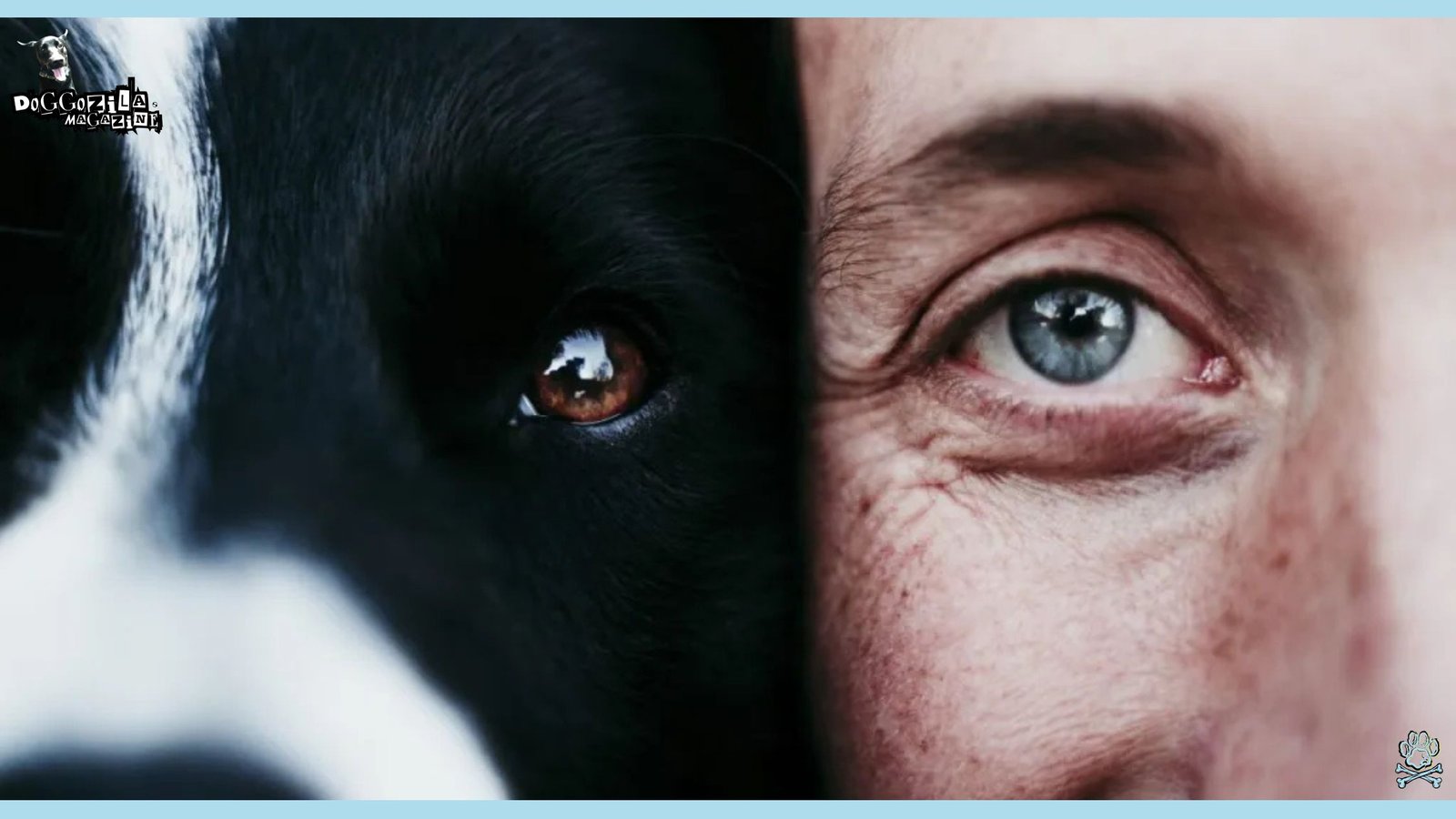
HOW DO DOGS SEE IN THE DARK? UNLEASHING THEIR INNER NIGHT HUNTERS
One of the most impressive aspects of canine vision is their ability to see in low-light conditions, a trait inherited from their wolf ancestors. Dogs have a special reflective layer behind their retinas called the tapetum lucidum, which amplifies available light, giving them superior night vision.
While they can’t see in complete darkness, they need far less light than humans to navigate confidently. This explains why your dog can effortlessly sprint through the backyard at dusk while you’re fumbling for a flashlight. Understanding how do dogs see in the dark reveals just how well-adapted they are to twilight adventures.
The Tapetum Lucidum: Nature’s Night Vision Goggles for Dogs
Ever noticed your dog’s eyes glowing in photos or under car headlights?
That eerie shine comes from the tapetum lucidum, a mirror-like structure that bounces light back through the retina for a second chance at detection. This adaptation allows dogs to make the most of minimal light, making them excellent dusk and dawn hunters.
Wolves, their wild relatives, use this same feature to track prey in dim forests. While humans struggle in low light, dogs can detect movement and shapes with ease, proving that how do dogs see in the dark is a masterpiece of evolution.
Comparing Night Vision: Dogs vs. Cats vs. Humans
Cats often steal the spotlight for night vision, but dogs aren’t far behind. While cats have slightly better nocturnal abilities due to more rod cells, dogs still outperform humans by a landslide.
A study from the University of Wisconsin found that dogs need only one-fifth the amount of light humans do to see at night.
However, unlike cats, dogs don’t rely solely on night vision—they combine it with their keen sense of smell and hearing. So, while a cat might silently stalk prey in pitch black, your dog is more likely to sniff and listen before pouncing.
Fun Nighttime Activities to Test Your Dog’s Low-Light Superpowers
Want to see your dog’s night vision in action?
Try playing hide-and-seek with glow-in-the-dark toys or scattering treats in the yard at dusk. You’ll notice how quickly they locate objects even as light fades. Just remember to keep outdoor areas safe—while dogs see well in dim light, obstacles like sharp branches can still be hazardous. Knowing how do dogs see in the dark helps us create fun, safe nighttime games that tap into their natural instincts.
🔑 Key Points: Superior Night Vision – Thanks to the tapetum lucidum (a reflective eye layer), dogs see much better in low light than humans, though not in complete darkness. Their eyes glow in the dark due to this adaptation.

HOW DO DOGS SEE DEPTH AND MOVEMENT? THE HIDDEN SUPERPOWERS OF CANINE VISION
While humans rely on sharp focus and depth perception to catch a ball or climb stairs, dogs have evolved to prioritize motion detection and wide-angle awareness. Their depth perception is different from ours—less precise but incredibly effective for tracking fast-moving objects.
The dog’s eyes are set slightly farther apart than humans’, they have a wider field of view but a smaller binocular overlap, meaning they judge distances differently. This explains why some dogs misjudge jumps or take a second to line up before leaping onto the couch. Understanding how do dogs see depth and movement helps us appreciate their athleticism and occasional clumsy charm.
The Science Behind a Dog’s Motion Detection: Why They Spot Squirrels Instantly
Dogs have a higher flicker fusion rate than humans, meaning they process moving images faster—like watching life in a slightly higher frame rate. This is why a tiny rustle in the bushes sends them into full alert mode while we might miss it entirely.
Studies from the University of Padua found that dogs can detect movement at nearly twice the distance of humans, a trait honed through centuries of hunting. Their brains are wired to prioritize motion over fine details, making them exceptional at tracking prey (or that runaway tennis ball). So next time your dog barks at “nothing,” remember—they might actually see something you don’t!
Depth Perception in Dogs: Why Some Breeds Are Better at Agility Than Others
Not all dogs see depth the same way. Breeds with longer snouts, like Greyhounds or Collies, have eyes positioned for better forward-facing focus, improving their ability to judge distances at high speeds.
On the other hand, flat-faced breeds like Pugs or Bulldogs have more limited depth perception due to their wider-set eyes. This is why some dogs excel at agility courses while others might bump into furniture more often.
Research from the University of Pennsylvania’s Working Dog Center confirms that herding and sporting breeds consistently outperform others in motion-based tasks. Knowing how do dogs see depth helps trainers customize obstacle courses for different breeds.
Fun Games to Test Your Dog’s Motion and Depth Skills
Want to see your dog’s motion-detection superpowers in action?
Try these fun experiments:
- The Waving Towel Test: Gently wave a towel and watch how quickly your dog locks onto the movement.
- The Two-Toy Toss: Throw two balls in slightly different directions—does your dog hesitate, trying to decide which one is closer?
- The Stairway Jump: Set up a low hurdle and see if your dog adjusts their stride before leaping.
These games aren’t just entertaining—they also help sharpen your dog’s natural instincts while giving you insight into how do dogs see movement in real time.
🔑 Key Points: Motion Over Details – Dogs excel at detecting movement but see stationary objects less clearly. Their flicker fusion rate is higher, meaning they notice quick movements (like squirrels or tossed balls) faster than we do.

HOW DO DOGS SEE HUMAN FACES? THE SURPRISING TRUTH ABOUT RECOGNITION
We might think our dogs gaze lovingly at our faces, but science suggests they rely more on body language and scent than facial details. While dogs can recognize human faces, they don’t process them the same way we do—instead, they focus on movement, voice, and overall posture.
Research from Emory University found that dogs use their temporal lobe (the part of the brain dedicated to visual processing) more for identifying objects and movement than for facial recognition. This explains why your dog might struggle to find you in a group photo but instantly knows it’s you from your walk or voice. Understanding how do dogs see human faces reveals just how differently they perceive us.
Do Dogs Recognize Their Owners by Sight? The Role of Scent and Sound
A groundbreaking study from Eötvös Loránd University in Hungary proved that dogs use multiple senses to identify people. While they can recognize familiar faces in photos, they rely much more on scent and voice for confirmation. This is why a dog might not react to their owner on a video call until they speak.
Their brains prioritize movement and smell over static images, meaning they’re more likely to recognize you by your walking style or perfume than a still picture. So, while we might think how do dogs see us is all about vision, it’s actually a multi-sensory experience.
The “Puppy Dog Eyes” Phenomenon: How Dogs Manipulate Our Emotions
Ever wondered why dogs make those irresistible sad eyes?
A study from the UK’s University of Portsmouth found that dogs have evolved special facial muscles (the levator anguli oculi medialis) to mimic human infant expressions. This triggers our nurturing instincts, making us more likely to care for them.
Interestingly, dogs use this expression more with humans than with other dogs—proving they’ve learned how to see us emotionally and adapt their behavior. It’s not just cute; it’s a survival strategy perfected over thousands of years of domestication.
How to Help Your Dog Recognize You Better: Tips for Stronger Bonding
Since dogs rely on multiple cues to identify people, you can strengthen your bond by:
- Using consistent body language (e.g., always crouching to greet them).
- Wearing familiar scents (avoid changing perfumes or detergents frequently).
- Combining voice and visual cues (calling their name while making eye contact).
This multi-sensory approach aligns with how do dogs see and remember their favorite humans.
🔑 Key Points: They Recognize Us Differently – Dogs rely more on body language, scent, and voice than facial features to identify their owners. “Puppy dog eyes” are a deliberate tactic to trigger human nurturing instincts.
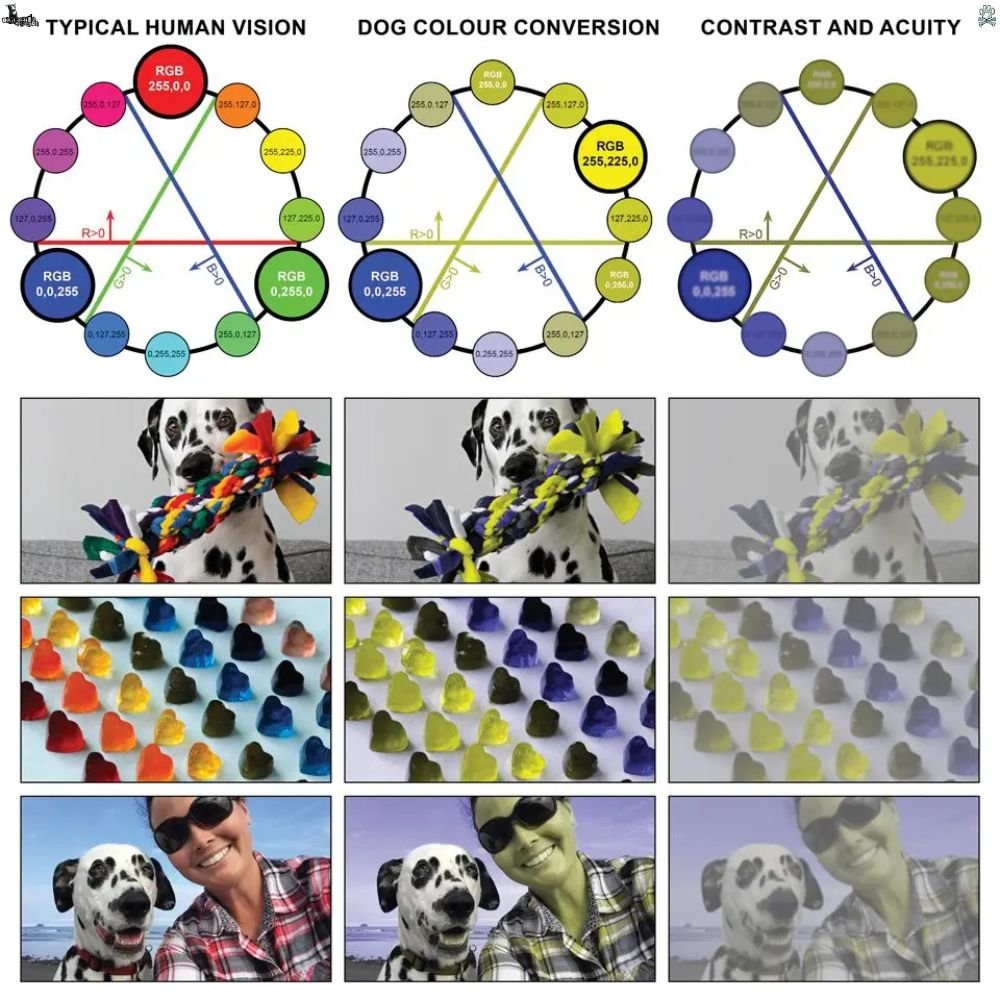
HOW DO DOGS SEE TV AND SCREENS? THE CURIOUS CASE OF CANINE MEDIA
Ever caught your dog watching TV? Some dogs seem fascinated by moving images, while others ignore screens completely. The reason lies in their flicker sensitivity and color perception. Older TVs refreshed at a rate of 50-60Hz, which appeared as a rapid slideshow to dogs (who need at least 75Hz for smooth motion).
Modern high-definition screens, however, often catch their attention—especially with animal sounds or fast-moving objects. Understanding how do dogs see television helps us choose pet-friendly content that keeps them engaged.
What Kind of Shows Do Dogs Actually Enjoy? Science Weighs In In How They See
A study from Scotland’s University of Central Lancashire found that dogs prefer nature documentaries with animals running or barking. Programs like DogTV are specially designed with canine vision in mind, using blues and yellows and higher frame rates.
Interestingly, some dogs react more to sounds than visuals—so a barking dog on TV might get more attention than a silent one. If you want to entertain your pup while you’re out, try leaving on wildlife footage or dog-specific channels.
Why Some Dogs Ignore Screens While Others Bark at Them
Breeds with high prey drives (like Terriers or Herding dogs) are more likely to react to TV movement, while laid-back breeds might not care. Additionally, younger dogs tend to engage more than older ones, possibly because their eyesight is sharper. If your dog barks at animals on screen, it’s not confusion—it’s their instincts telling them the “prey” is real!
Interactive Screen Games for Dogs: The Future of Canine Entertainment
Companies are now developing touchscreen games for dogs, where they can “nose-tap” moving objects for rewards. These games cater to how do dogs see and interact with digital interfaces, providing mental stimulation. While not all dogs will be tech-savvy, it’s a fun way to test their engagement levels.
🔑 Key Points: TV & Screens Engage Some Dogs – Modern high-frame-rate TVs can capture dogs’ attention, especially with animal movements or sounds. Breeds with high prey drives (e.g., Terriers) are most likely to react.
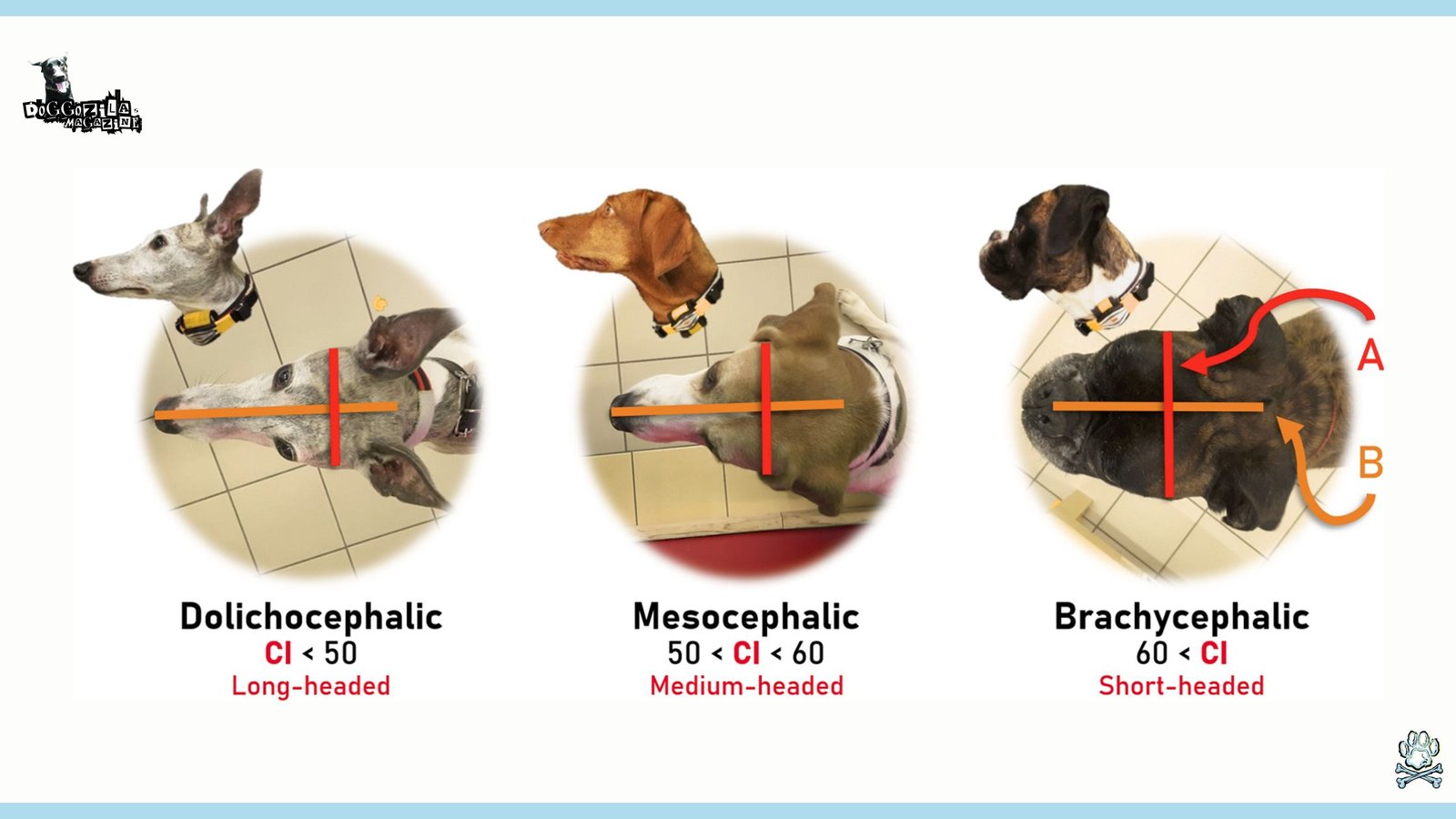
HOW DO DOGS SEE DIFFERENTLY ACROSS BREEDS? FROM BULLDOGS TO SIGHT HOUNDS
Not all dogs see the world the same way—breed plays a huge role in their visual strengths and weaknesses. Sight hounds like Greyhounds and Whippets have evolved for long-distance spotting, while brachycephalic dog breeds (like Pugs and Bulldogs) sacrifice some vision for their signature squished faces. Herding breeds such as Border Collies have exceptional motion detection, allowing them to track sheep effortlessly. Meanwhile, scent hounds like Bloodhounds prioritize smell over sight, often seeming “distracted” visually. Understanding how do dogs see based on breed helps explain why some excel at fetch while others bump into coffee tables.
How Do Eagle-Eyed Sight Hound Dogs See: Built for Speed and Long-Distance Vision
Sighthounds possess some of the sharpest vision in the canine world, with eyes set farther apart for superior peripheral awareness. Their elongated snouts create a wider binocular overlap, giving them better depth perception at high speeds—critical for spotting prey hundreds of yards away.
Studies of racing Greyhounds show they can detect movement up to half a mile distant! However, their trade-off is weaker close-range focus; a Greyhound might miss a treat right under its nose. This explains how do dogs see differently based on whether they’re hunters or companions.
How Do Brachycephalic Dogs See: The Visual Challenges of Flat Faces
Pugs, Boxers, and Bulldogs pay a price for their adorable wrinkles—their shallow eye sockets limit peripheral vision and depth perception. French Bulldogs, for example, have up to 30% less side visibility compared to long-nosed breeds. Their eyes also bulge outward, making them prone to injuries and dry eye.
Ironically, their facial structure makes human expressions easier for them to read—a possible reason they’re so emotionally attuned. If you’ve ever wondered how do dogs see when they’re flat-faced, imagine looking through binoculars with tunnel vision.
How Do Herding Dogs See: Motion Detection Masters
Border Collies don’t just herd sheep—they essentially see in “predator vision mode,” where any movement triggers an instinctual response.
Research from the University of Sydney found that herding breeds process visual information 25% faster than other dogs. Their eyes are positioned for optimal forward focus, letting them calculate precise angles when darting after stray livestock. This hyper-awareness of motion explains why they’re laser-focused on frisbees but may ignore stationary toys.
Scent Hounds vs. Sight Hounds: The Ultimate Sensory Trade-Off
Ever notice how a Beagle will follow its nose into walls?
Scent hounds prioritize smell so heavily that their brains dedicate less processing power to vision. Bloodhounds have nearly 230 million scent receptors (compared to a mere 5 million in Greyhounds), making them the ultimate sniffers but mediocre watchers. This sensory specialization shows how do dogs see—or don’t see—when their noses take over.
🔑 Key Points: Breed Affects Vision – Sight hounds (e.g., Greyhounds) have long-distance focus, while flat-faced breeds (e.g., Pugs) have limited peripheral vision. Herding dogs (e.g., Border Collies) process motion faster than other breeds.
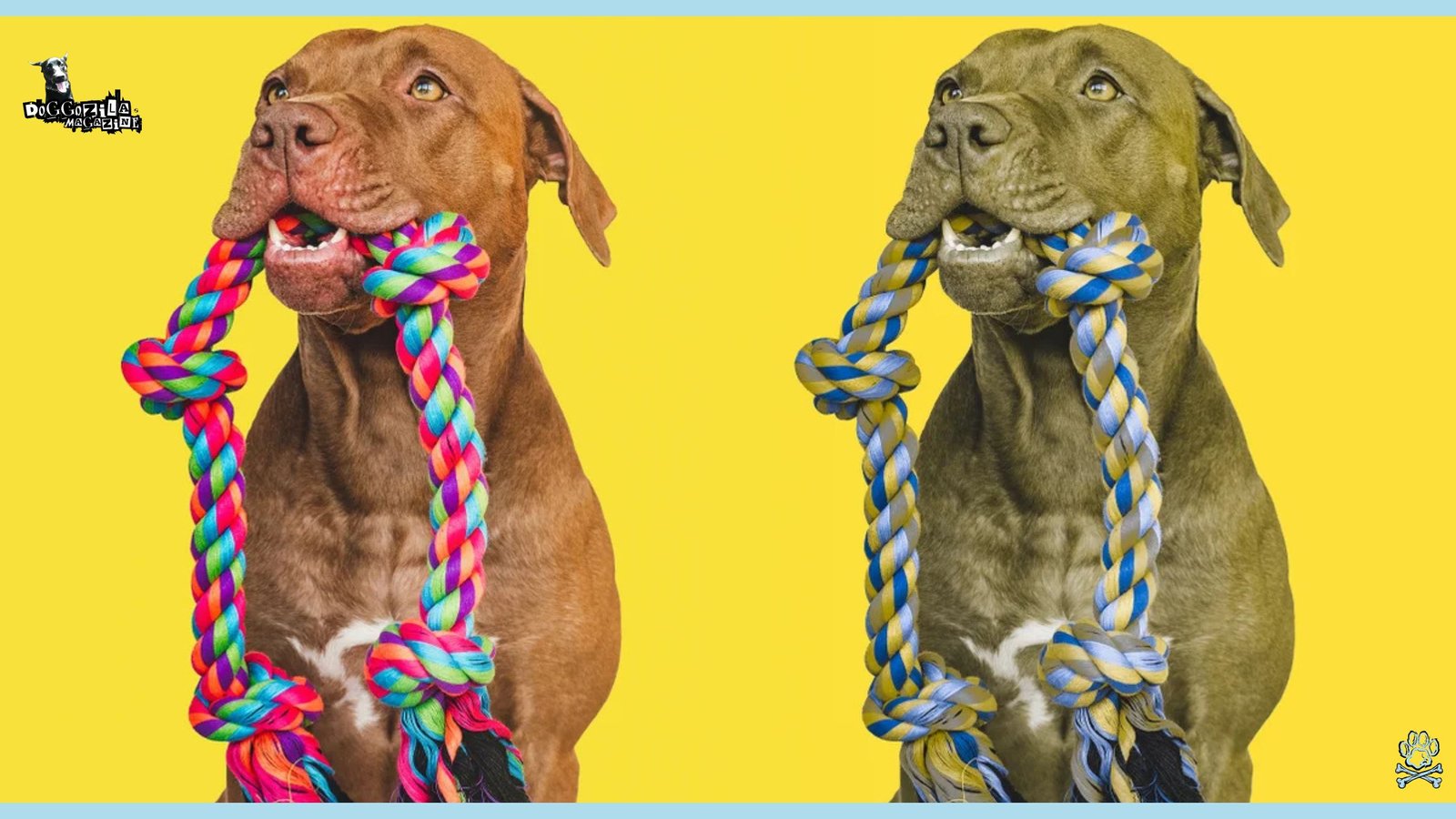
HOW DO DOGS SEE UV LIGHT? THE SECRET SUPERPOWER OF CANINE VISION
Humans see a rainbow—dogs see a rainbow plus hidden ultraviolet patterns! Recent studies reveal that dogs (like reindeer and some insects) can detect UV light, allowing them to see things invisible to us. Urine trails, certain flowers, and even sunscreen on human skin glow under UV—giving dogs an extra layer of environmental information. This ability stems from their lens transmitting UV wavelengths instead of filtering them out like ours do. So when your dog stares “at nothing,” they might actually be tracking a UV “breadcrumb” trail from another animal.
The Hunting Advantage: How UV Vision Helps Dogs to See and Track Prey
Wolves and wild canids likely used UV detection to follow urine marks (which fluoresce under ultraviolet light) over long distances. Modern dogs retain this trait—explaining why they’re obsessed with sniffing (and seeing!) pee spots on walks.
Researchers at City University London found that dogs could distinguish between UV-reflective and non-reflective objects, suggesting they use it for navigation. This hidden visual layer adds depth to how do dogs see their surroundings beyond ordinary light.
Why Some Objects “Glow” for Dogs: The UV World Around Us
Common items like white fabrics, certain plastics, and even snow reflect UV light intensely, possibly appearing “lit up” to dogs. A study in Proceedings of the Royal Society B showed that dogs avoid walking on UV-reflective surfaces, possibly interpreting them as unnatural.
Even more fascinating: some dog toys are now designed with UV-reactive dyes to make them more visually stimulating.
Can UV Vision Harm Dogs’ Eyes? Debunking the Myths
Unlike humans, dogs’ corneas and lenses are built to handle UV exposure without damage. However, breeds with lighter eyes (like Huskies) may be more light-sensitive overall. Vets recommend avoiding prolonged bright sunlight for these dogs, but their UV perception itself isn’t a risk—it’s an evolutionary gift.
🔑 Key Points: UV Vision Secret – Dogs can see ultraviolet light, allowing them to detect things invisible to us, like urine trails or UV-reflective objects. This may explain why they sometimes stare at “nothing.”

FUN FACTS ABOUT HOW DO DOGS SEE: 10 THINGS YOU DIDN’T KNOW
- Dogs have a “third eyelid” (nictitating membrane) that acts like windshield wipers for their eyes.
- Police dogs are trained to recognize suspects in photos—but mostly by body shape, not facial details.
- Puppies are born blind, opening their eyes after 10-14 days when their retinas finish developing.
- Dogs don’t cry emotionally, but they do produce tears to lubricate their eyes.
- The oldest dog breed (the Saluki) has vision adapted for desert hunting, with extra protection against sand.
- Dogs’ eyes glow different colors at night depending on breed (Golden Retrievers = green, Siberian Huskies = red).
- They see flickering lights (like candles) more intensely than we do.
- Guide dogs don’t read traffic lights—they watch car movements and listen for cues.
- Dogs blink less than humans, making them expert starers (hence the “puppy dog eyes” effect).
- Some dogs “smile” by squinting, a gesture that also protects their eyes during play-fighting.
Final Thoughts About How Do Dogs See: Seeing the World Through Dog Eyes
From UV trails to motion-tuned brains, how do dogs see is a mesmerizing blend of biology and evolution. Their vision isn’t “worse” than ours—just perfectly adapted for what they need: detecting threats, tracking movement, and bonding with humans in their own unique way.
Next time your dog barks at a “ghost” or misses a treat right in front of them, remember—they’re experiencing a world far beyond what our eyes can perceive.
Understanding these quirks helps us see the world from a dog’s perspective—less about sharp images, more about movement, light, and instinct!
Want to test your dog’s vision?
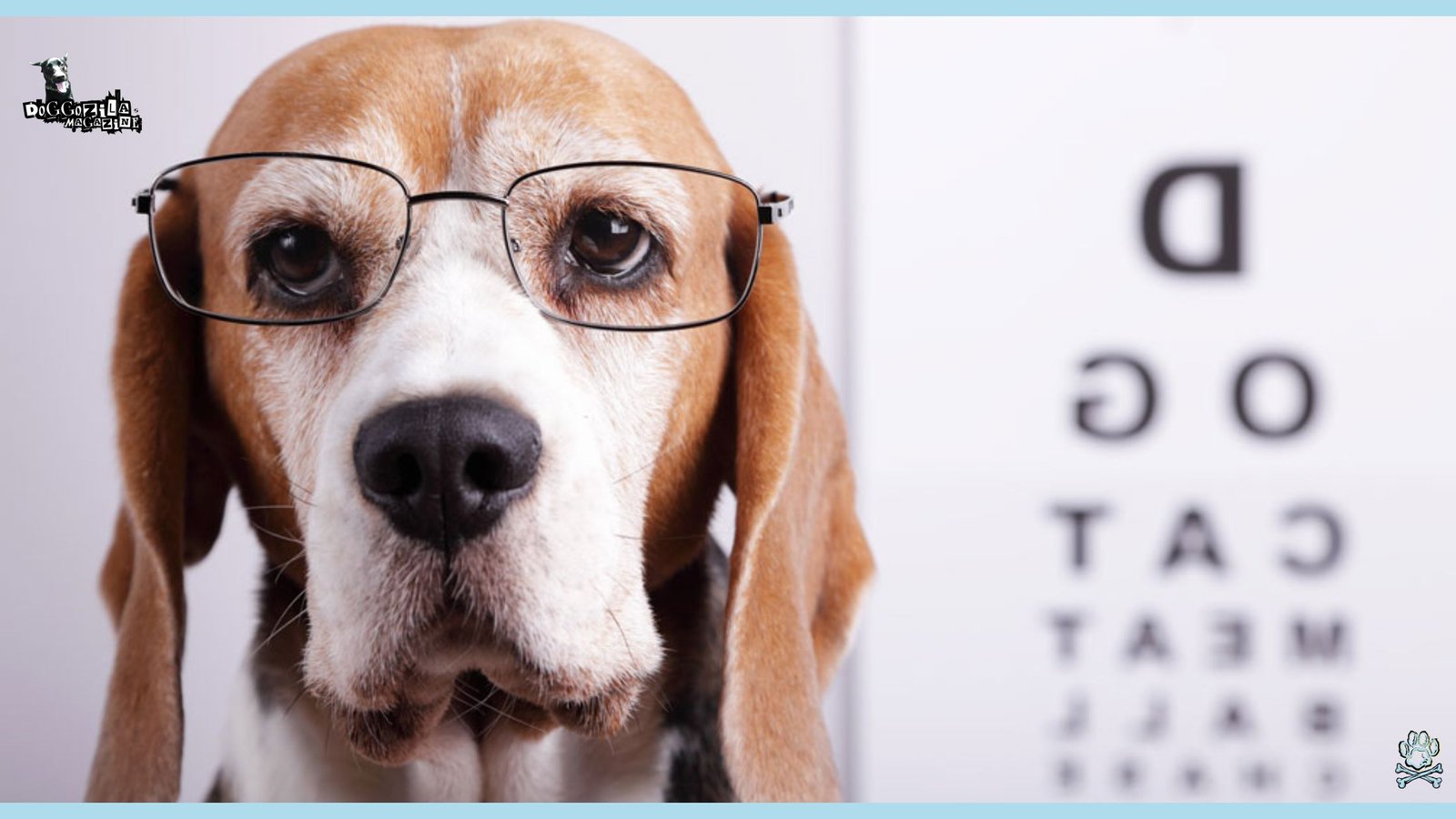
Try hiding a blue toy in green grass or playing a dog-friendly TV show—you might be surprised by what captures their attention!
🐾

